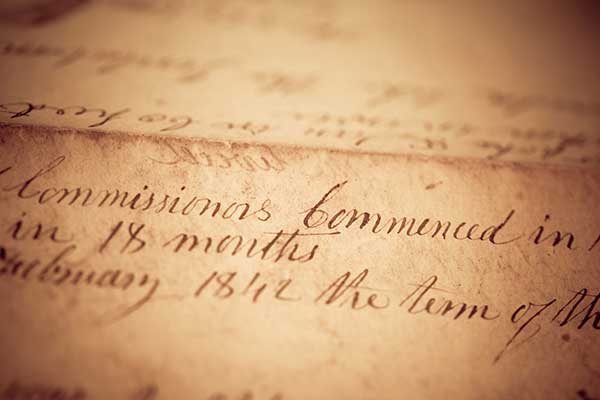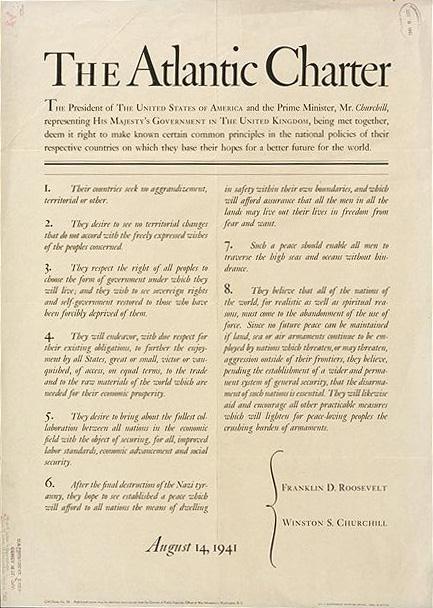Learn It
The way in which text is organized can help us to understand and interpret the meaning and impacts of events in history. For example, textbooks are secondary sources that tell the story of history through events and processes. Textbooks are also usually written for students, and are clearly organized into units, chapters and sections. Primary sources can also help us learn a lot about history. Their organization can be based on their audiences, the circumstances during which they are created, or their purpose.
Let’s take a look at three different ways text can be presented. These are not the only ways text is presented; however, understanding these three kinds can help you understand the meaning of text.

The way text is presented and the organization of primary sources can impact the meaning.
- A text can be organized sequentially. Ideas are listed in an order of topics or steps that need to occur in order to meet a goal.
- A text can present information in a cause-and-effect format. In this format, what sparks an event is first identified and the results of this spark are then explained.
- A text can be organized comparatively. Information is presented by looking at similar or differing ideas so the audience clearly understands.
Let’s take a look at an example of each of these three kinds of ways text is presented.
Example #1 - Sequential Organization
Background: During the 1940s, the world was thrust into a period of war. World War II lasted from 1939 to 1945. During the early years of the war in Europe, the leaders of Britain and the United States met to discuss their aims. British leader Winston Churchill and U.S. President Franklin D. Roosevelt announced their goals for a more peaceful world in a document called “The Atlantic Charter.” Many of their goals were in response to the aggressive actions of dictators in Germany, Italy and Japan that led the world to war.
Let’s take a look at the Atlantic Charter and examine how the document is organized.
Visit this website and carefully read the Atlantic Charter Opens a new window text on the Yale Library Avalon Project website.

Like other primary sources such as charters and proclamations, this document has a unique organization. It lists two democratic leaders’ goals for the world item by item as “principles” in a numbered sequence. This sequential organization provides everyone with a clear understanding of the document – no matter the language of translation.


